Welcome back to PowerUP: your source for every tip, trick, news piece, edge, and expert I can find to give you a spotter in your grind to the top. It can be a rough world out there in the new competitive gaming scene. Professional eSports is an untamed frontier, full of the best gameslingers in the business pushing through one showdown after another in an attempt to see who’s quick — and who’s dead.
While other games may be a matter of inches, eSports are more a matter of milliseconds — while .24 seconds and .14 seconds are nearly indistinguishable to most people, each and every edge counts in the quickdraws, skillshots and noscopes of the gaming elite. A fraction of a second, imperceptible even to most of the viewers watching at home, can be the difference between a runaway victory and crushing defeat.
Watching the professional scenes, it’s easy to believe the big guns on stage are just in some other category than human. They always shoot first, always hit the weak spots, and they never seem to miss. How can an average human compete with that?
Luckily, a lot of gamers all over the world have done some research on how to clear your holster a little faster. Come with me, and we’ll get a clear line of sight on what works, what doesn’t, and how you can start firing before your enemies are done saying “draw”.
Reflex training
If you need to be as swift as the wind in your gaming grind (tip: you do), one of the first things that ever comes up in research is reflex training. Usually they stumble across aim400kg.com, a “training for gamers” website filled to the brim with a ton of programs designed to focus your mind on speed and accuracy — two of the most important things in nearly any competitive gaming field.
And, to be fair, they have a lot of positive testimonials – you’ll often see people claiming increases of milliseconds, and sharp improvement in their ability to pop the little colored balloons quickly, and without missing. There’s even a set of leaderboards of sorts for those who’ve registered accounts at the site, letting you stack your reflex training score up against the rest of the userbase. On the first few glances, it seems like exactly the kind of training that can help you click just a little quicker.
There’s just one problem — it’s not terribly effective at actually helping your game. See, aim programs all suffer from the insurmountable flaw of “not actually being the game you’re playing”. The physics are different, the speeds and timing are different, and while you can certainly improve at the actual game sets they offer, there’s little to no guarantee that much of the skill you’re gaining there is going to transfer.
The brain itself is really, really good at adapting to circumstances. It’s also not nearly as good at transferring this practice without…well, more practice. So when you log onto a reflex training or aim training sight and manage to grab some high scores popping blue balloons with virtual aim training program bullets, that’s what you’re practicing – not aim and reflexes, but aim and reflexes when it comes to shooting the blue balloons with the physics of the program.
When you switch to, let’s say Overwatch, not a lot carries over. Hanzo arrows have entirely different physics than the ammunition of aim400kg, and even the more forgiving shots of characters like Tracer (or either side of CS:GO) that calculate hits based almost exclusively on cursor position (rather than keeping track of an actual missile) when firing aren’t quite the same. Junkrat isn’t exactly a blue balloon, either — and while your brain might have certainly gotten used to firing at those on sight, it’s going to lose those precious gained milliseconds adjusting to a small man with supersaiyan hair throwing grenades and tires everywhere.
Okay, so what about…you know…”power ups”
When it comes to, “chemical enhancements” (ranging from caffeine to the controversial use of amphetamines like Adderall) we’re not faring much better. First off, and I cannot stress this enough —
Under no circumstances should you use prescription grade medicine without necessity, and without the support of a licensed physician. Even if, in some strange world, Adderall did actually help your game on the overall instead of just shuffling pros and cons around, one should not use prescription grade drugs or chemicals in any manner other than the way they were prescribed.
Luckily, stimulants are a double edged sword that winds up cutting ourselves deeper than our opponent, making an informed decision on this one easier than it was already. Stimulants may help boost reaction time (making your system run faster is what stimulants do, after all), but with it comes corresponding losses in other areas. Sure, your hand will move to the target a tad bit quicker — but it will probably keep moving as you overcorrect, thanks to stimulants generally bringing anxiety, nervousness, and overstimulation along for the ride.
In easier terms: sure, you’re faster – but you’re also going to be shaky, especially if you’re unused to stimulants and their effects. Whether it’s coffee, prescription amphetamines, or an energy drink, it doesn’t matter. Relying on stimulants is bad for your aim, bad for your game, and ultimately a lot of time, money, and health down the drain for very little in return.
Case in point — let’s look at a real life experience with an FPS player that was on a hardcore stimulant playing a card game. He picked up a card, exactly the size and weight that he’s handled countless times before, tried to toss it in a different game zone a few inches away — and threw it across the room.
Now apply that difference in movement and control to nearly any game. Is that the kind of precision that will win your competitive shootouts and showdowns? Is that level of control what will land headshots? Is that a good picture of a functioning nervous system for eSports competitors?
Not even close.
So how do we power up our SPD stat?
The answer (both fortunately and not) is pretty simple, but time consuming — practice the actual game you’re playing. If that seems like an obvious answer to you, well…it’s because it is. It’s also the best possible answer around to excelling in your given title.
As we went over above, your brain is very, very good at adapting to things as long as you focus on what’s going on – games included. So if you want to improve your AWP shots, or shoot like your ult’s always up with Soldier 76, the best solution is to listen to Shia LeBeouf and just do it. A lot. You will get faster, more accurate, and better at a given thing as long as you practice mindfully (which we went over here), and keep focused on improvement.
As the best example around — consider TSM’s roster in League of Legends circa 2015. This is one of the best known teams in the world, and easily among the best of the best in the western hemisphere. Sporting huge contracts, incredible tournament payouts on the line, and supported by one of the most serious gaming houses in one of the largest eSports arenas, TSM and its players have access to nearly every cutting edge piece of research and training around. As some of the best in the business, they’d take any advantage they could any time they could — their competition certainly was, after all. You know how much “reflex training” they did? How many “chemical supersoldier serums” they downed?
None. Zip. Zilch. Nada. Bazooper.
You know what they did do in order to keep up with the skillsets, reflexes, and abilities of their competition?
They played League of Legends. A lot. Upwards of 50 hours a week as a team, and even more by themselves or in Duo queues. They didn’t use third party training. They didn’t practice on aim training or reflex booster third party software. They played League of Legends — because the physics, aim, timing…the everything…involved revolves around the way that specific game works. You wouldn’t practice Overwatch to make you click faster in Dota 2, and you wouldn’t run through a few games of SMITE in order to draw and fire faster in CS:GO.
So why are we shooting little blue balloons, or clicking A or D when flashing lights and sounds pop, to get better at our incredibly complex video games?
So get out there and stop splitting your focus — we’ll all need it in the games to come. Don’t practice a thousand reflexes in a thousand games one time — practice the right reflexes in the game you’re playing a thousand times. Practice it over and over, and leave popping funny colored balloons with a mouse arrow to the competition.
Do that, and when it comes down to it — when the tumble weeds are blowing past, the clock strikes noon, and the enemy makes their play…well. There’s the quick, and there’s the dead.
We’ll be plenty quick.

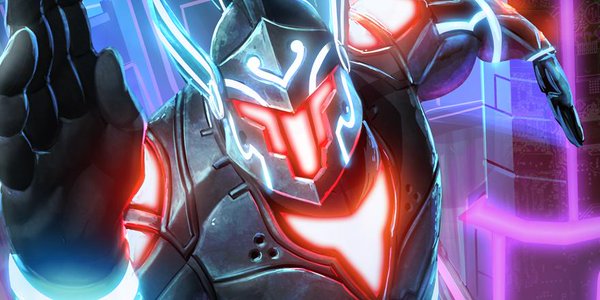
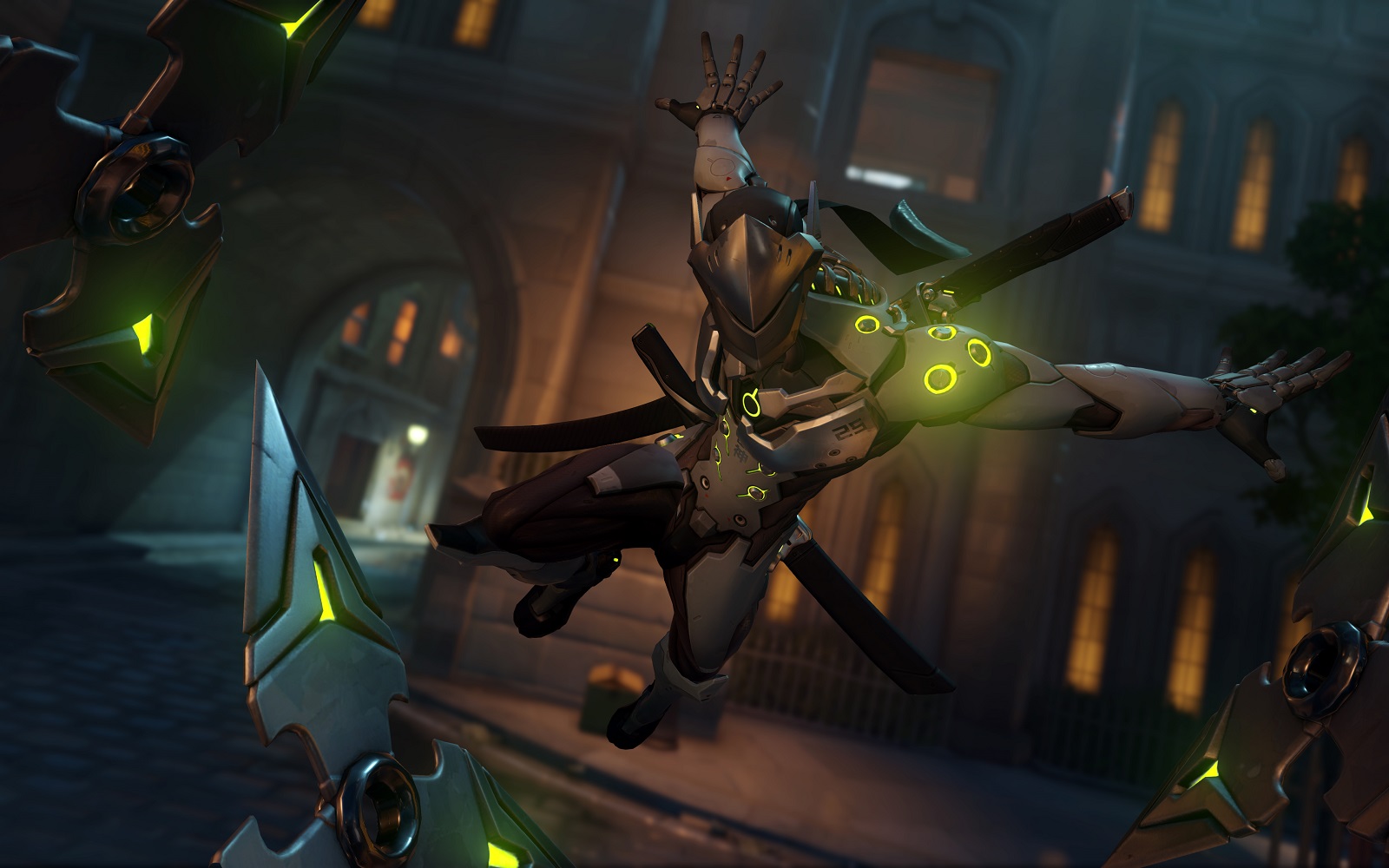
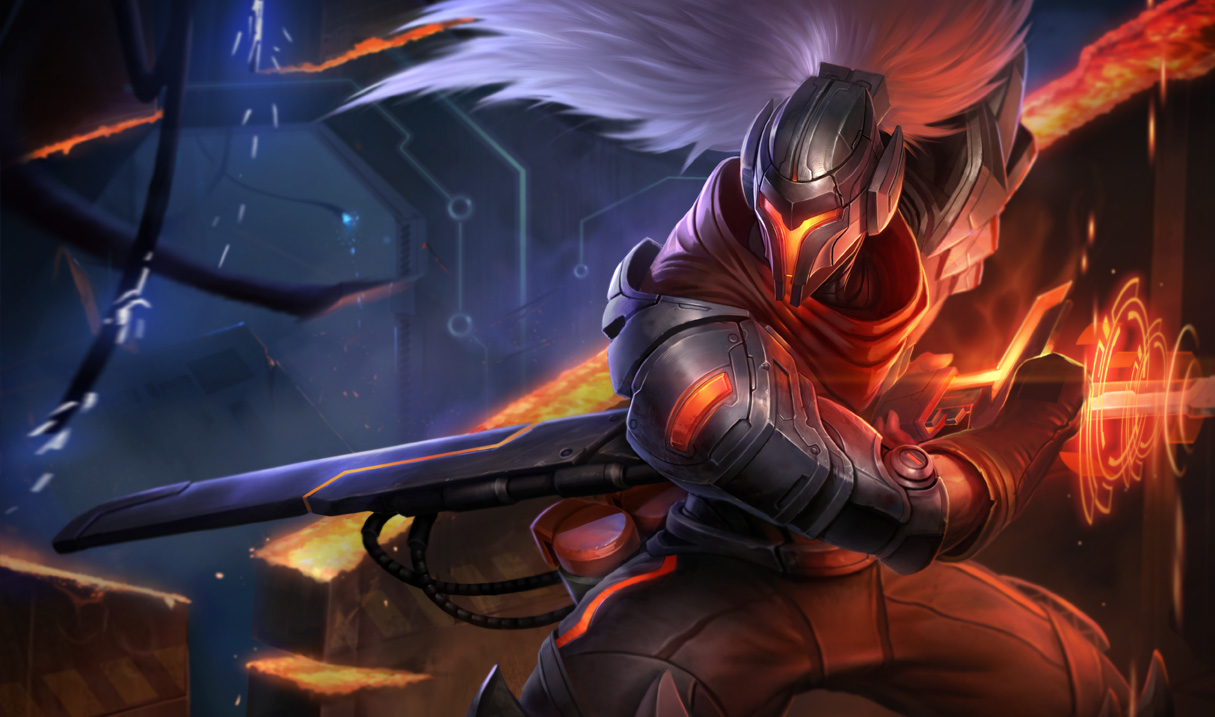
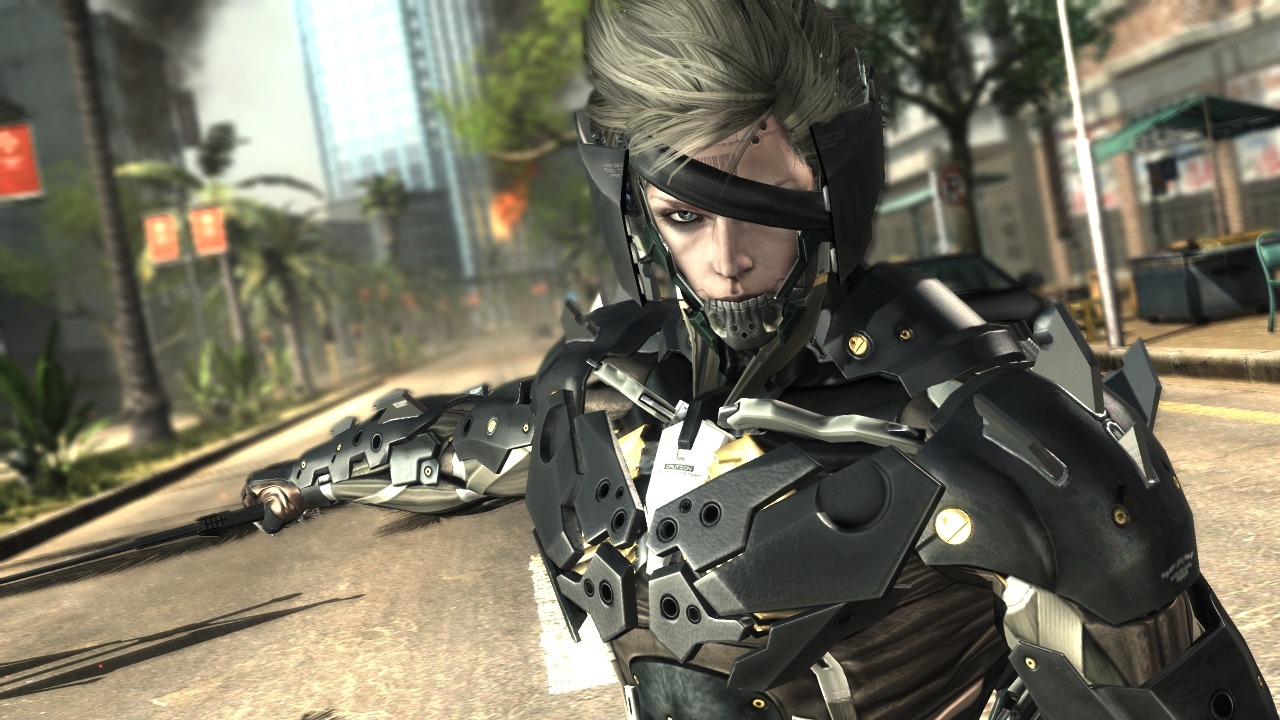
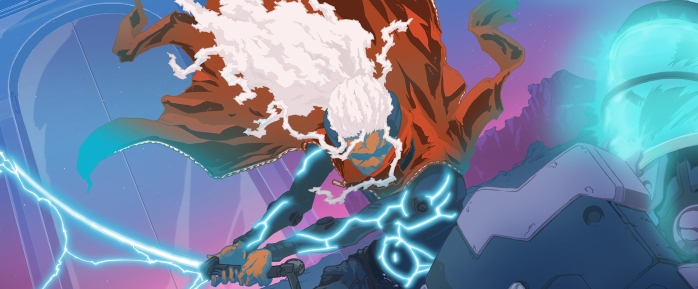

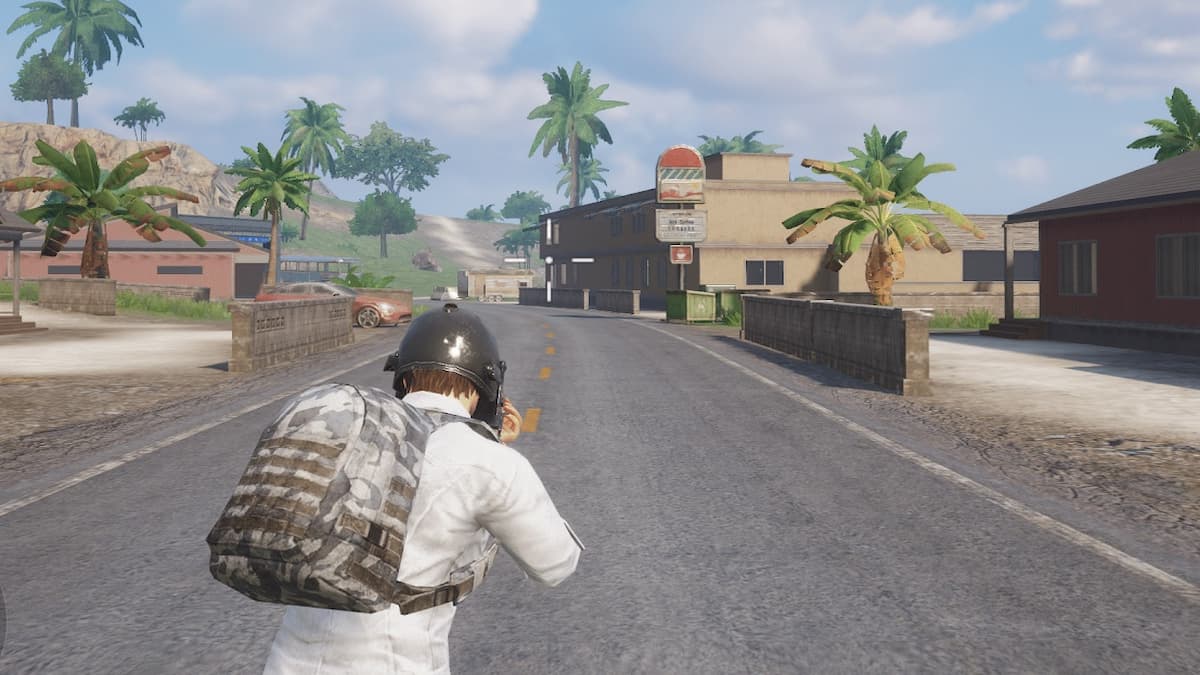
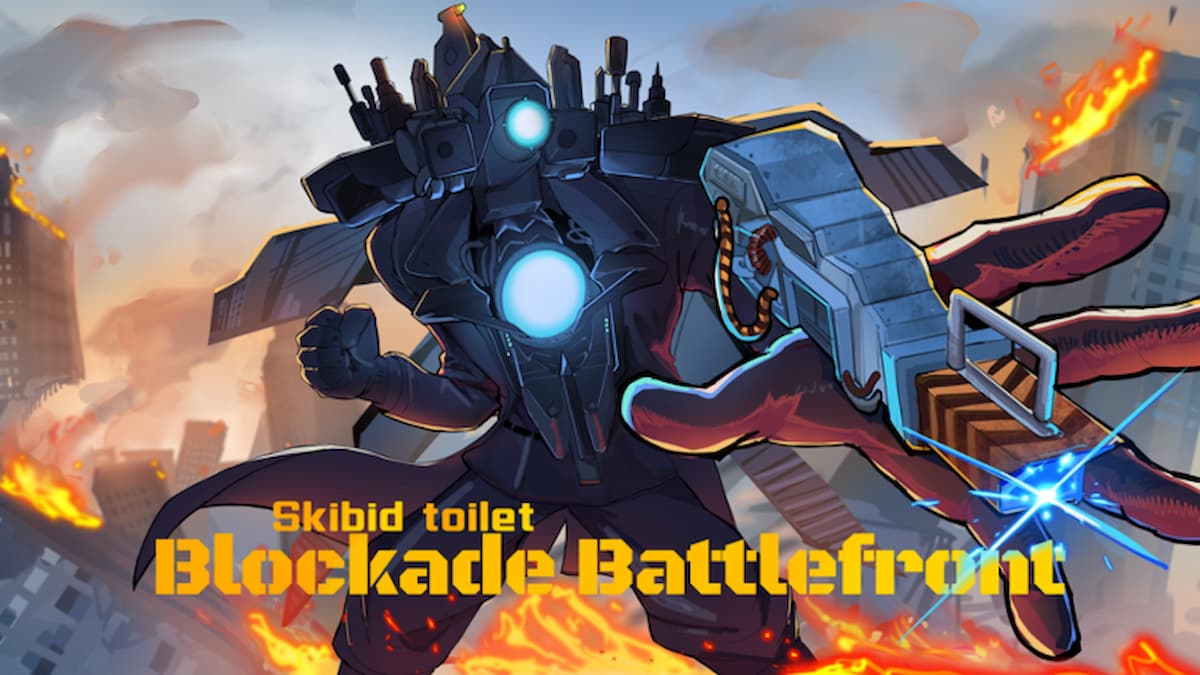
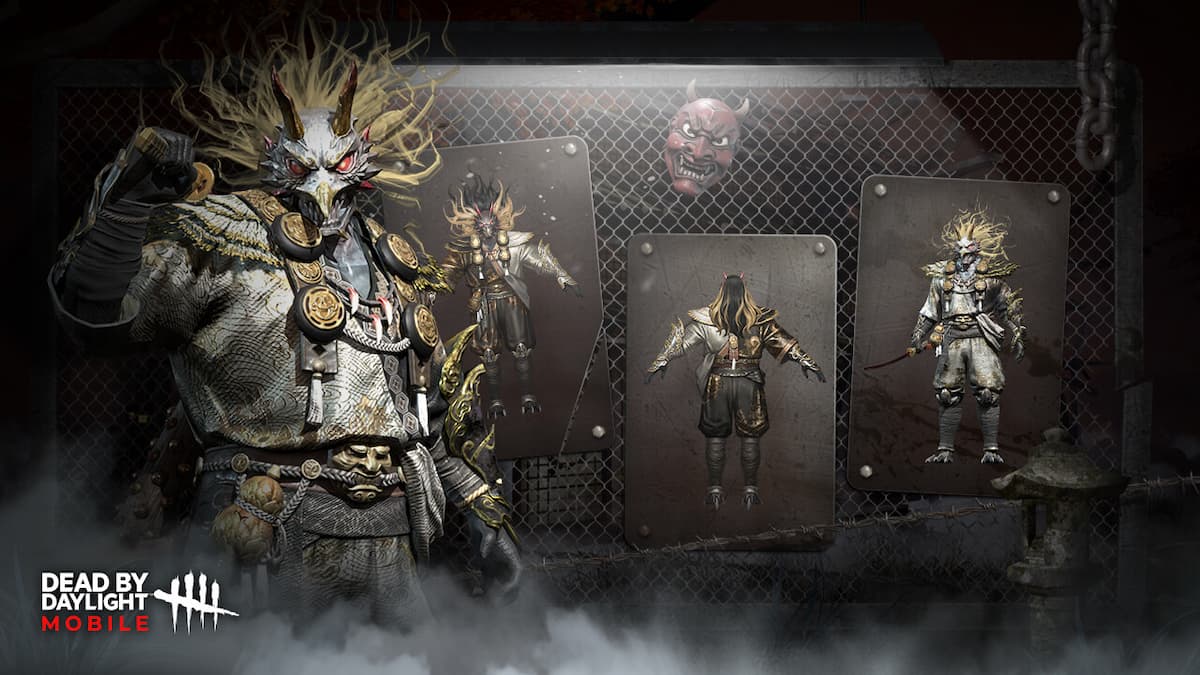
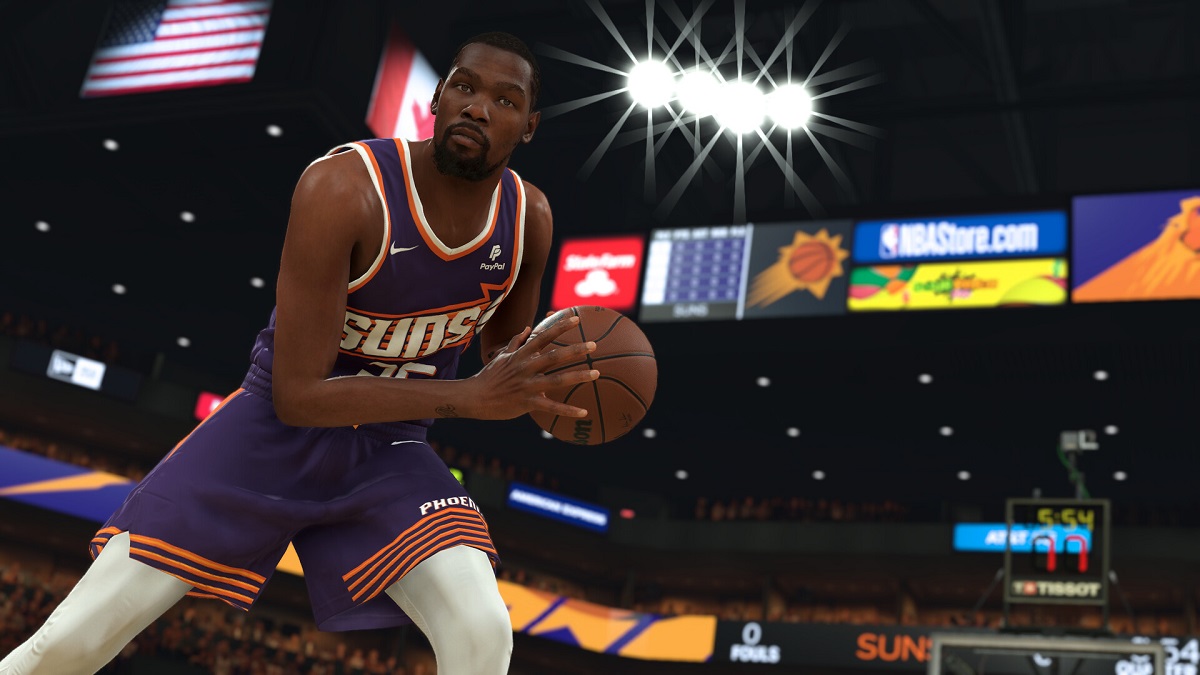
Published: Sep 25, 2016 07:20 pm